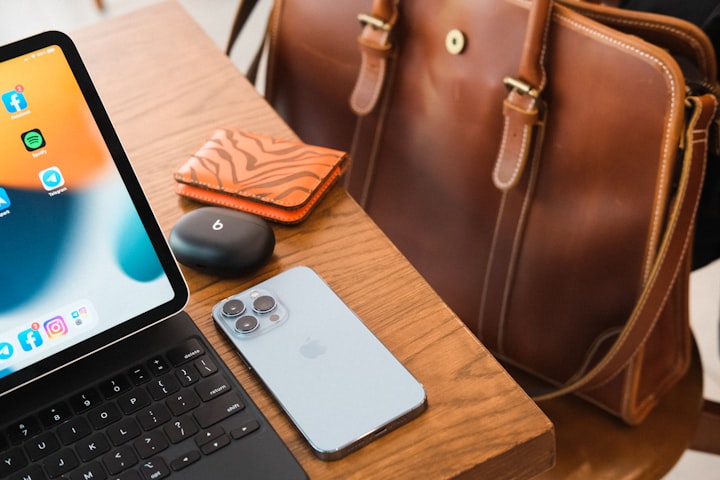Do We Need an 'Emmett Till moment' for gun control?
Seeing assault-weapon damage could be wake-up call

Should the gun-safety movement have its own Mamie Till? She showed the world the horror of the 1955 murder of her 14-year-old son, Emmett, for whistling at a white woman.
The Chicago boy visiting relatives in Mississippi was tortured, shot, wrapped in barbed wire attached to a 75-pound fan, and then thrown in a river. His body was so beaten, torn, and bloated that the only thing that identified him was a ring.
Mamie Till, an educator and community activist, insisted on an open casket for the 50,000 funeral mourners and the media. “I wanted the world to see what they did to my boy,” she said.
The acquittal of two white men after an hour of deliberations shocked the world. Several months later, Look magazine published their confessions. It took 60 years for the woman to admit she had lied about the boy grabbing her waist and saying crude things.
Yet, the mother’s decision provided a wake-up call to the barbarism of lynching and the unfairness of the legal system. It also provided momentum for the successful Montgomery Bus Boycott, which began a few months later and became a key victory in the Civil Rights Movement.
Just as with racial violence at that time, too few people understand the overkill of the military-style rifles many states now permit as casual accessories. Maybe if more knew just how much “assault” these weapons actually inflict, there would be more support for restricting their sale.
There have been at least 579 mass shootings in 2022, according to the Gun Violence Archives. Bullets from automatic rifles, which are most often used, can liquefy organs because of higher projectile speeds, rapid firing, and large exit holes. That’s more violence than necessary for general protection.
It’s time to show the damage, insists Jeh Charles Johnson, former head of the Department of Homeland Security under Barack Obama.
“Why must innocent schoolchildren, for the rest of their lives, carry the vivid memories of the executions of their teachers and classmates, while federal and state lawmakers (and the adult constituents who elect them) are spared?” he wrote in a June Washington Post column.
Perhaps the public could get more detailed coroner reports and a few before and after photos. Or, there could be more discussion of the details of the violence — the way Zenith Everhart of Buffalo, N.Y., did while testifying before Congress in June.
Her 21-year-old son, Zaire Goodman, was wounded during the May 14 racially motivated attack at a Tops supermarket. She invited lawmakers to come to her home to see the damage up close.
“To the lawmakers who feel that we do not need stricter gun laws, let me paint a picture for you: My son Zaire has a hole in the right side of his neck, two on his back and another on his left leg caused by an exploding bullet from an AR-15,” she told the House Oversight and Reform Committee. “As I clean his wounds, I can feel pieces of that bullet in his back. Shrapnel will be left inside of his body for the rest of his life. Now, I want you to picture that exact scenario for one of your children.”
The idea of an “Emmett Till moment” is being increasingly debated among gun-safety advocates, medical professionals, and journalists. Would it just subject a victim’s family to more pain and abuse? Are we already too desensitized to violence?
“Many of my colleagues have urged me to further describe the horrific injuries I have seen over the last nearly 20 years as a neuro-trauma surgeon,” Dr. Sanjay Gupta, a neurosurgeon and CNN medical expert, wrote in a June essay. “The truth is, I’m not sure America is ready to see that. More important, it isn’t a decision anybody can make unless it’s their loss and their story to tell — like Emmett Till’s mother.”
The president of the Mamie Till Mobley Foundation, however, thinks graphic photos won’t have the same impact in a society used to videos showing murders.
“The world can see everything now. It’s on social media, it’s on international news, so everybody is very aware and can see firsthand what is actually going on,” Ollie Gordon told the Los Angeles Times. “I think maybe you do become, in order to survive, maybe you do become a little bit desensitized.”
We also live in a time when the families of victims are attacked by conspiracy theorists insisting their dead children never existed or they are all just crisis actors. Two groups of parents who lost children in the 2012 Sandy Hook Elementary School in Connecticut have successfully sued podcaster Alex Jones for such defamation.
Consider the parents of the 19 children killed in a Texas school in May. Many could only identify the decimated bodies through DNA. Along with gun-safety advocates, they were outraged when the school system last month offered free DNA and fingerprinting kits to help identify children in emergencies.
“Texas Gov Greg Abbott is choosing to send DNA kits to schools that parents can use to identify their children’s bodies AFTER they’ve been murdered rather than pass gun safety laws to proactively protect their lives,” tweeted Shannon Watts, founder of Moms Demand Action for Gun Sense in America.
That reaction is rooted in the fact that Texas has further weakened gun laws. No permit is required for those 18 and older to carry a long rifle. Anyone 21 and older to carry a handgun in public without a license, background check, or training.
Families and gun-safety advocates have pushed for a special legislative session to increase the minimum age to purchase a semi-automatic rifle from 18 to 21 years old. The Uvalde shooter purchased two assault rifles right after his 18th birthday.
Those fighting to end “the epidemic of shootings” are desperate to find solutions, said Mark Barden, whose son, Daniel, was among the 20 killed at Sandy Hook. As the co-founder of Sandy Hook Promise, a violence-prevention group, he successfully joined other families in persuading Connecticut officials to shield the crime photos from public records.
“I can’t risk the toll of the lifelong damage that could possibly represent for everyone, but first especially for my personal family and for Daniel’s siblings,” he told the Los Angeles Times. “I just feel like, if anyone did release photographic evidence like that, would we still be saying, ‘if that didn’t do it, what will?’”
About the Creator
Vanessa Gallman
Commentator on political events, explorer of human nature






Comments
There are no comments for this story
Be the first to respond and start the conversation.